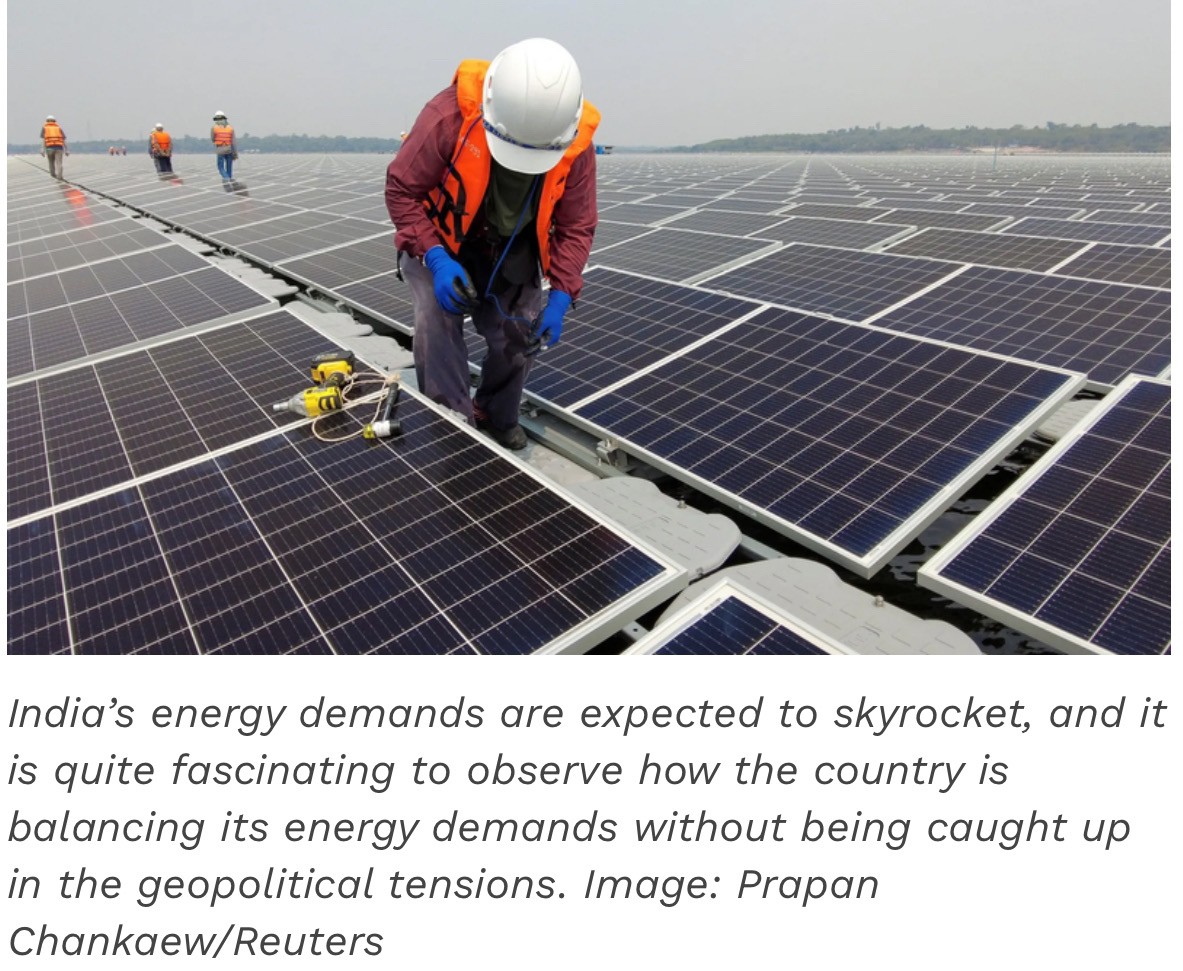India’s Digital Revolution Paving the Path to Economic Growth and Global Innovation
In the past three decades, digital technologies have reshaped the world in profound ways, accounting for over 15% of global GDP. In India, this shift has been particularly transformative, with the digital economy already contributing a significant portion to national income. The government’s push for digital public infrastructure, including FinTech, the India Stack, and digital platforms, has fostered financial inclusion and expanded economic opportunities. Currently, India’s digital economy makes up about 10% of its GDP, with projections indicating that this figure will rise to 20% by 2026.
The role digital infrastructure in economic growth
India is uniquely positioned to unlock new growth avenues with its vast digital public infrastructure, dynamic IT sector, and one of the world’s largest AI talent pools. By 2029-30, Generative AI alone is expected to add $359-438 billion to India’s GDP. The integration of AI into Indian industries has been accelerating, with AI adoption in production processes increasing from 8% in 2023 to 25% in 2024. This progress is supported by the government’s significant investment in the semiconductor sector.
As rapid technological advancements also bring challenges such as disruptions to traditional industries, the resource-intensive nature of technology investment, cybersecurity concerns, and ethical dilemmas around data privacy and AI misuse, India has focused to addressing these issues with a careful balance of innovation, regulation, and investment in digital infrastructure.
India’s digital economy: growth, productivity, andemployment
India has become the third-largest digitalized economy globally, and its digital economy continues to expand rapidly. In the 2022-23, the digital economy accounted for 11.74% of India’s GDP, or about $402 billion, and employed 14.67 million people—roughly 2.55% of the workforce. The sector is nearly five times more productive than the rest of the economy. Digitally enabling industries, such as ICT services, electronic manufacturing, and digital platforms, contribute significantly to Gross Value Added (GVA).
In the next few years, India’s digital economy is expected to grow even faster, with projections suggesting that it will comprise nearly 20% of GVA by 2029-30. This growth will outpace both agriculture and manufacturing sectors. Factors such as AI adoption, cloud services, and the rise of global capability centers (GCCs)—which are responsible for services like R&D, IT support, and business process management—are key drivers of this expansion.
India’s recent developments in digital economy
Digital Payment Growth--UPI (Unified Payments Interface) saw massive adoption, with transaction volumes exceeding 100 billion annually, transforming India's digital payments landscape.
5G Rollout--The successful launch of 5G services in 2022 by major telecom companies, enhancing mobile internet speeds and connectivity across urban and rural India.
Digital Infrastructure Expansion--Increased investments in the National Broadband Mission, aiming for high-speed internet access across 2.5 lakh gram panchayats.
Startup Boom--India became home to over 100 unicorns by 2023, with sectors like fintech, edtech, and healthtechdriving rapid innovation.
Digital Skilling Initiatives--The government and private players have launched large-scale digital skilling programs to upskill millions of people, aiming for a tech-savvy workforce.
E-Commerce Surge--The rise of e-commerce, driven by mobile penetration and internet access, with players like Amazon, Flipkart, and JioMart expanding rapidly.
Digital Rupee Pilot--The Reserve Bank of India launched the pilot for Central Bank Digital Currency (CBDC) in 2022 to explore the future of digital currency.
AI and Tech Investments--Government and private sectors increasingly adopted AI, blockchain, and IoT, accelerating digital innovation and transforming industries like agriculture, healthcare, and finance.
Cybersecurity Evolution--Strengthened cyber laws, digital privacy policies, and the establishment of the National Cyber Coordination Centre (NCCC) to address growing digital threats.
Digital Health Initiatives--The expansion of telemedicine services and the launch of the National Digital Health Mission (NDHM) to promote digital health records and services.
Digitalisation across industries: impact and adoption trends
Digitalisation is rapidly transforming various sectors in India, driving innovation and efficiency. In the retail sector, e-tailers are not only embracing online platforms but are also expanding their physical presence, creating a seamless Omni channel experience to enhance customer engagement. The BFSI sector has seen remarkable growth, with over 95% of banking transactions now conducted digitally. However, more intricate processes like loans and investments still operate predominantly offline.
The education sector is evolving with a blend of offline, online, and hybrid learning models, offering flexibility and accessibility to students. Meanwhile, industries like hospitality and logistics are leveraging cutting-edge technologies such as Artificial Intelligence (AI), the metaverse, and digital platforms to improve service delivery and customer experiences.
In the agricultural sector, digitalisation is gaining momentum, revolutionizing traditional farming practices. Precision farming, data analytics, and the Internet of Things (IoT) are being used to optimize crop yields, monitor soil health, and manage water resources efficiently. Digital platforms are also facilitating better access to market information, financial services, and supply chains for farmers, empowering them to make more informed decisions and reduce wastage.
This ongoing digital transformation across sectors not only enhances productivity and service delivery but also opens up new avenues for innovation, contributing to India’s overall economic growth.
The Future of India’s Digital Economy: A Vision for 2030
By 2030, India’s digital economy is set to outgrow traditional sectors, contributing nearly one-fifth of the nation’s overall GDP. Digital-enabling industries have already grown at an impressive 17.3% annually over the past decade, outpacing the overall economy’s 11.8% growth. As digital platforms continue to expand, India’s digital workforce will expand as well, offering new opportunities, especially for women, and creating jobs across various sectors.
IIn conclusion, in the years to come, India’s digital economy will not only drive economic growth but will also redefine the future of work, empowering individuals and businesses. The rapid growth of digital platforms signals an ongoing transformation that promises to shape India's socio-economic landscape in the years ahead.
Most read
Recommended
 Economy
Economy
A diplomatic energy balance in a contested energy space
 Economy
Economy
Strengthening Nalanda Buddhism: IHCNBT’s Historic First General Assembly
 Economy
Economy
Rejecting Khalistan Separatism: Former Australian PM Tony Abbott’s Vision for Indo-Pacific Harmony
 Economy
Economy
Vietnam, US Strengthen Trade Ties with US $90.3 Billion in New Agreements
Popular article
 Economy
Economy
Indian Himalayan Council of Nalanda Buddhist Tradition to host inaugural general assembly
 Economy
Economy
Vietnamese Intellectuals in UK Support Homeland's Financial Centers Development
 Economy
Economy
Celebrating 16 Years of FBS: Empowering Traders Worldwide
 Economy
Economy







